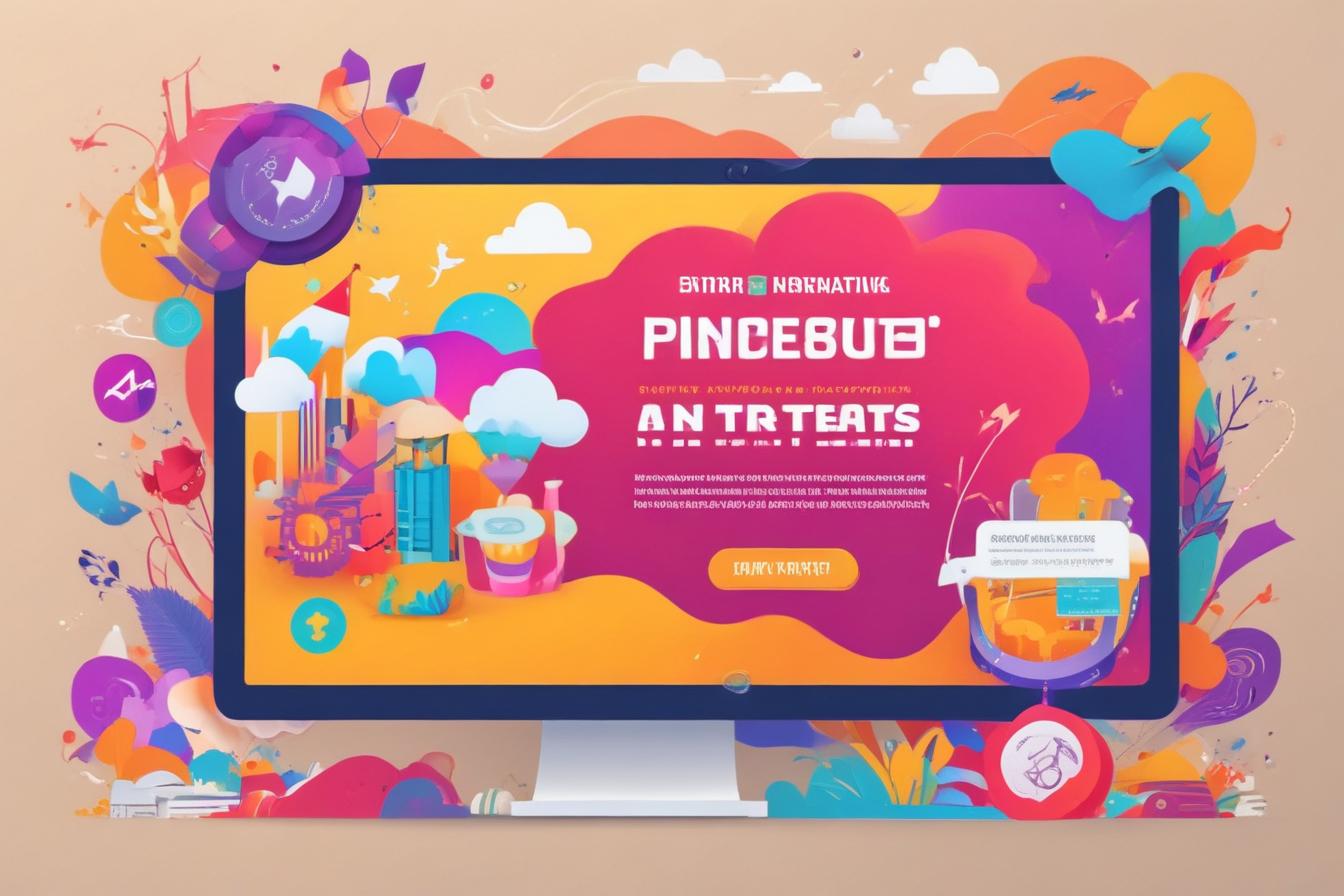What Is Google’s Page Experience Measure?
As the web becomes increasingly competitive, Google is constantly refining its algorithms to deliver the best possible user experience. One of the latest updates to its ranking factors is the Page Experience Measure, a set of signals that evaluate how user-friendly a webpage is.
The Page Experience Measure encompasses several elements, including:
- Core Web Vitals (loading speed, interactivity, visual stability)
- Mobile-friendliness
- HTTPS usage
- Absence of intrusive interstitials
Core Web Vitals Breakdown
At the heart of the Page Experience Measure are the Core Web Vitals, which focus on three key metrics:
- Largest Contentful Paint (LCP): Measures loading performance by tracking the render time of the largest content element on a page.
- First Input Delay (FID): Evaluates interactivity by quantifying the time between a user’s first interaction (e.g., clicking a button) and the browser’s response.
- Cumulative Layout Shift (CLS): Assesses visual stability by measuring unexpected layout shifts that can lead to a frustrating user experience.
Google has set specific thresholds for these metrics, and pages that fail to meet them may see a negative impact on their rankings.
Why Optimize Page Experience?
While Google’s Page Experience Measure may seem like yet another technical hurdle for webmasters, optimizing for it offers several benefits beyond simply pleasing algorithms. By prioritizing page experience, you can:
- Improve user engagement and reduce bounce rates
- Enhance perceived loading speed and responsiveness
- Provide a consistent, user-friendly experience across devices
- Build trust and credibility with secure browsing
In other words, a focus on page experience translates to happier users and, ultimately, better business outcomes.
Why Page Experience Is Important for SEO
Google’s search algorithms have always prioritized delivering the most relevant and high-quality results to users. As such, page experience has become an increasingly important ranking factor in recent years.
By optimizing for page experience, you can:
- Improve your website’s overall user experience, leading to higher engagement and conversions.
- Gain a competitive advantage over websites that fail to meet Google’s page experience standards.
- Future-proof your website for upcoming algorithm updates that may place even greater emphasis on user experience signals.
Moreover, as ContentScale.fr can help you generate SEO-optimized content at scale, you can ensure that your entire website meets the highest page experience standards without breaking the bank. This AI-powered tool can save you time and money while helping you outpace your competitors in search engine rankings.
Page Experience and User Signals
Google has long relied on user signals, such as bounce rates and dwell time, to evaluate the quality and relevance of search results. By improving your page experience, you can positively impact these user signals, which can further boost your rankings.
For example, a website with fast loading times, smooth interactivity, and a visually stable layout is more likely to keep users engaged and reduce bounces. This positive user behavior can signal to Google that your website provides a good user experience, leading to higher rankings.
Core Web Vitals: Optimizing LCP, FID & CLS
As mentioned earlier, the Core Web Vitals are at the heart of Google’s Page Experience Measure. Optimizing these three metrics is crucial for ensuring a smooth, responsive, and visually stable user experience.
Largest Contentful Paint (LCP)
The Largest Contentful Paint (LCP) metric measures the loading performance of a webpage by tracking the render time of the largest content element, such as an image or text block. To optimize LCP, you can:
- Minify and compress CSS, JavaScript, and images
- Implement code splitting and lazy loading techniques
- Optimize server response times and utilize a Content Delivery Network (CDN)
Google recommends an LCP of 2.5 seconds or less to provide a good user experience.
First Input Delay (FID)
The First Input Delay (FID) metric quantifies the time between a user’s first interaction (e.g., clicking a button) and the browser’s response. To optimize FID, you can:
- Minimize JavaScript execution time by optimizing code and leveraging web workers
- Remove render-blocking resources and prioritize critical resources
- Utilize browser-level optimizations like code caching and code streaming
Google recommends an FID of 100 milliseconds or less for a good user experience.
Cumulative Layout Shift (CLS)
The Cumulative Layout Shift (CLS) metric measures visual stability by tracking unexpected layout shifts that can lead to a frustrating user experience. To optimize CLS, you can:
- Reserve space for dynamic content using CSS aspect ratio boxes or placeholder elements
- Preload web fonts and avoid dynamically injected content
- Implement size attribute sizing and intrinsic sizing for images and media
Google recommends a CLS score of 0.1 or less to provide a good user experience.
By focusing on these Core Web Vitals, you can create a smooth, responsive, and visually stable experience for your users, which can positively impact your search engine rankings.
Mobile-Friendly Pages: Responsive Design Best Practices
With more than half of all web traffic now coming from mobile devices, ensuring a seamless mobile experience is crucial for both user satisfaction and search engine optimization.
Google’s Page Experience Measure includes mobile-friendliness as a key signal, which means that websites optimized for mobile devices will have a significant advantage in search rankings.
Responsive Web Design
The most effective way to create mobile-friendly pages is through responsive web design, which ensures that your website automatically adjusts its layout and content to fit various screen sizes and resolutions.
Key responsive design best practices include:
- Using flexible grids and layouts
- Implementing fluid images and media
- Optimizing font sizes and touch targets for small screens
- Prioritizing content and features for mobile users
By embracing responsive design principles, you can provide a consistent and user-friendly experience across all devices, which can significantly improve your page experience scores and search engine rankings.
Mobile Performance Optimization
In addition to responsive design, optimizing your website’s performance on mobile devices is crucial for delivering a smooth user experience. This includes:
- Minimizing HTTP requests and data usage
- Leveraging browser caching and compression techniques
- Optimizing images and other media for mobile networks
- Implementing lazy loading and code splitting strategies
By prioritizing mobile performance, you can ensure fast loading times and seamless interactivity, which can improve your Core Web Vitals scores and, ultimately, your search engine rankings.
HTTPS: Ensuring a Secure Browsing Experience
In today’s online world, security and privacy are paramount concerns for both users and search engines. Google’s Page Experience Measure includes HTTPS usage as a ranking factor, encouraging websites to implement secure browsing protocols.
HTTPS (Hypertext Transfer Protocol Secure) is a secure version of the standard HTTP protocol that encrypts data transmitted between a user’s browser and a website’s server. This encryption helps protect sensitive information, such as login credentials and financial data, from being intercepted by third parties.
Benefits of HTTPS
Beyond meeting Google’s requirements, implementing HTTPS on your website offers several benefits:
- Improved user trust and credibility
- Enhanced security for sensitive data transmission
- Better protection against various types of cyber attacks
- Compliance with privacy regulations (e.g., GDPR, CCPA)
Implementing HTTPS
To implement HTTPS on your website, you’ll need to obtain an SSL/TLS certificate from a trusted Certificate Authority (CA). Once you have the certificate, you’ll need to configure your web server to use HTTPS for all connections.
While the implementation process may seem daunting, there are various tools and resources available to simplify the process, including services like ContentScale.fr. By leveraging AI-powered content generation, you can create high-quality, SEO-optimized content that meets Google’s security and user experience standards, without the need for expensive content writers or SEO agencies.
Optimizing Other Page Experience Signals
While Core Web Vitals, mobile-friendliness, and HTTPS are the primary components of Google’s Page Experience Measure, there are several other signals that can impact your website’s rankings.
Intrusive Interstitials
Google penalizes websites that display intrusive interstitials, such as pop-ups or overlays that obscure main content and disrupt the user experience. To avoid penalties, it’s essential to ensure that any interstitials or pop-ups on your website are user-friendly and easily dismissible.
Safe Browsing
Google’s Safe Browsing initiative aims to protect users from malicious websites and online threats. Websites that fail to meet Safe Browsing standards, such as those containing malware or phishing attempts, may face ranking penalties or even removal from search results.
User Engagement Signals
While not directly part of the Page Experience Measure, user engagement signals like bounce rates, dwell time, and click-through rates can still significantly impact your search rankings. By optimizing for page experience, you can improve these user signals and further boost your website’s visibility in search results.
To ensure your website meets all of Google’s page experience standards, it’s essential to take a holistic approach that addresses not only the core metrics but also the broader signals that contribute to a positive user experience.
By leveraging tools like ContentScale.fr, you can streamline the process of creating high-quality, SEO-optimized content that meets Google’s stringent requirements, without sacrificing time or resources.
Conclusion
Google’s Page Experience Measure is a critical ranking factor that evaluates the overall user experience of a website. By optimizing for Core Web Vitals, mobile-friendliness, HTTPS, and other page experience signals, you can create a smooth, secure, and engaging browsing experience that not only pleases users but also boosts your search engine rankings.
While meeting these standards may seem daunting, leveraging AI-powered tools like ContentScale.fr can simplify the process and help you generate high-quality, SEO-optimized content at scale, without breaking the bank. By staying ahead of the curve and prioritizing page experience, you can gain a competitive edge in the ever-evolving world of search engine optimization.
So, take the time to audit your website’s page experience, address any areas for improvement, and watch as your search engine rankings and user engagement soar.
Ready to take your website to the next level? Sign up for ContentScale.fr today and let our AI-powered content generation tools do the heavy lifting for you.





